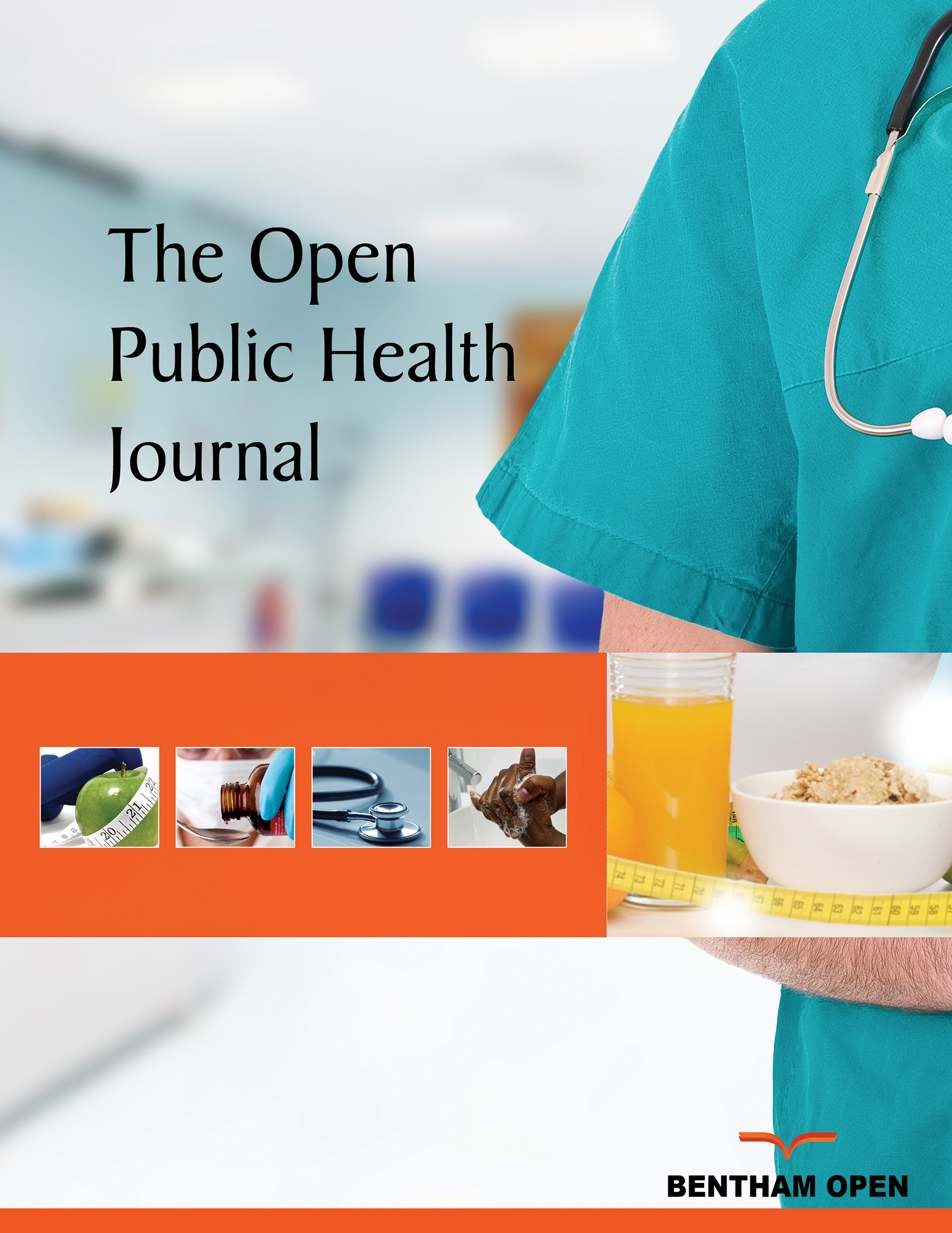All published articles of this journal are available on ScienceDirect.
Cluster Analysis to Characterize the Patterns of Complementary and Alternative Medicines Usage in Asthma Controls
Abstract
Background:
Clinicians and physicians need to be aware of the high prevalence of complementary and alternative medicines use in patients with asthma, as it is found to be associated with lack of asthma control, though the degree to which associations exist is still not clear.
Methods:
We have performed a cluster analysis to characterize patterns defining different asthma control levels and the extent to which the medicines have an impact in these categories.
Results and Conclusion:
We have explored the association of Complementary and Alternative medicines utilization with asthma control and the effect of asthma controller medications, with the conclusion that the usage of complementary and alternative medicines does not have a significant impact on partially and uncontrolled asthmatics.


